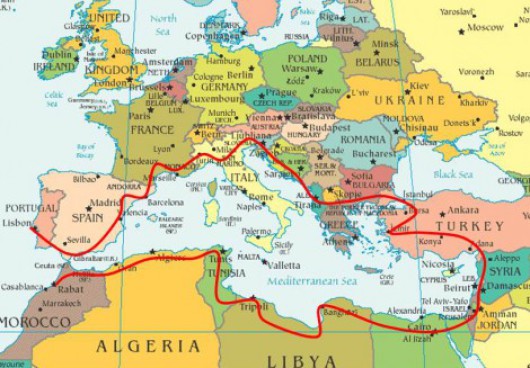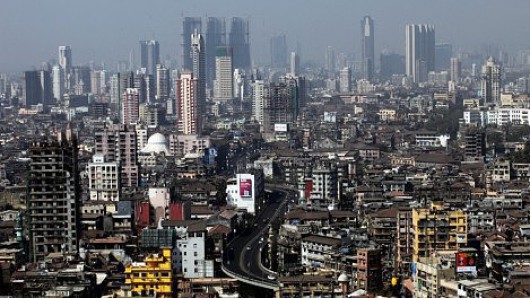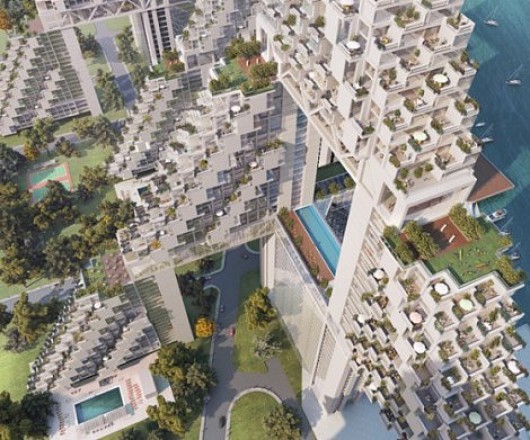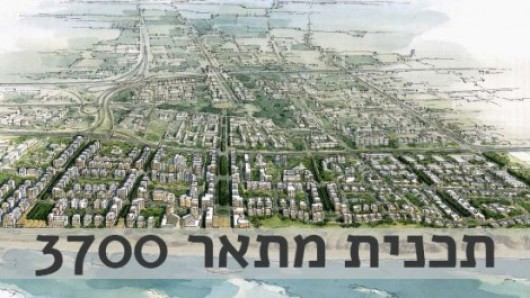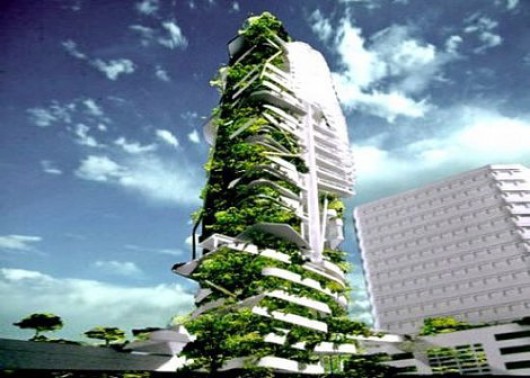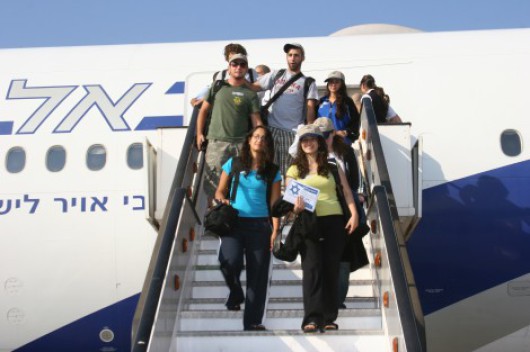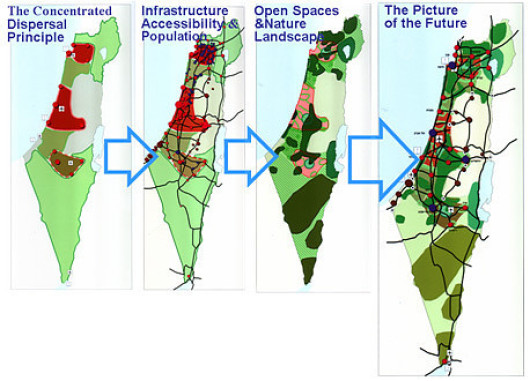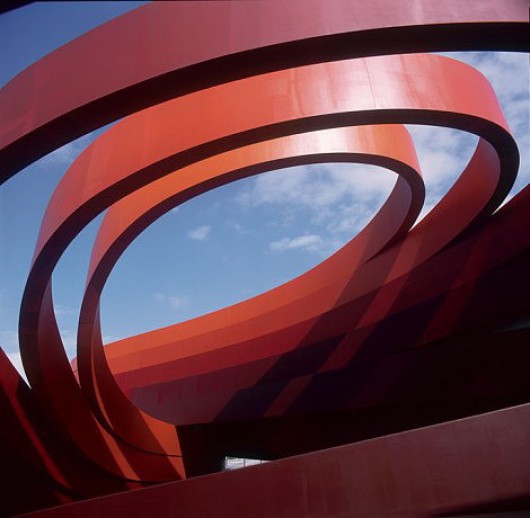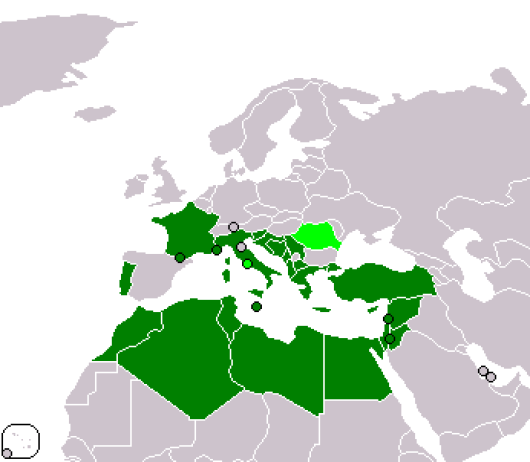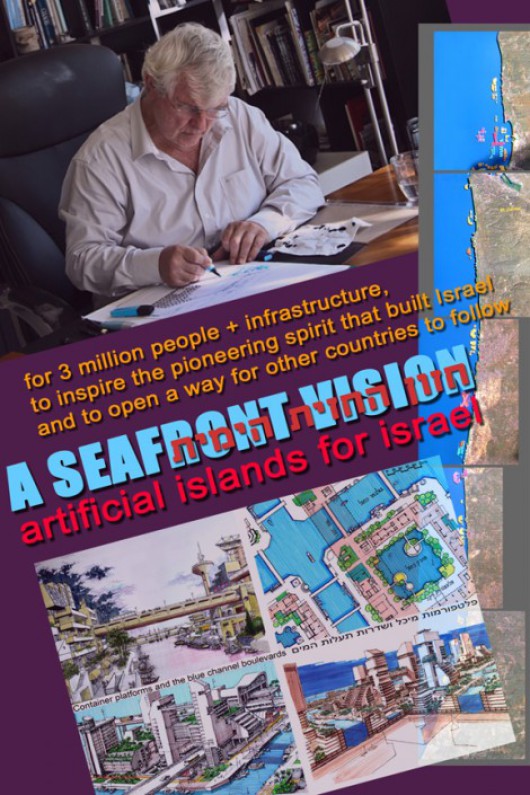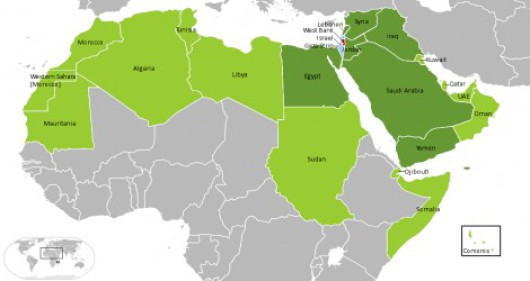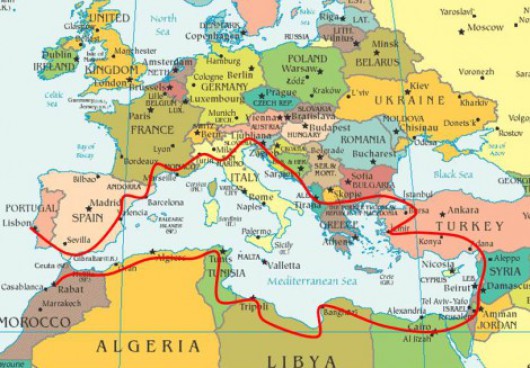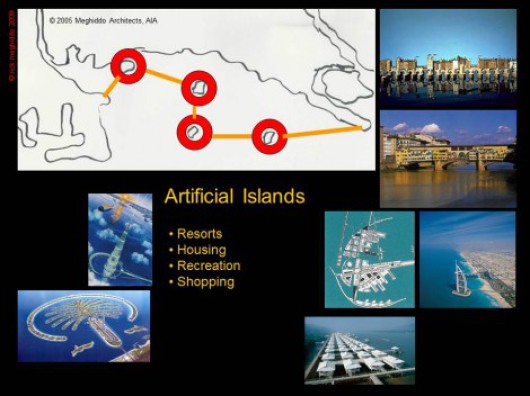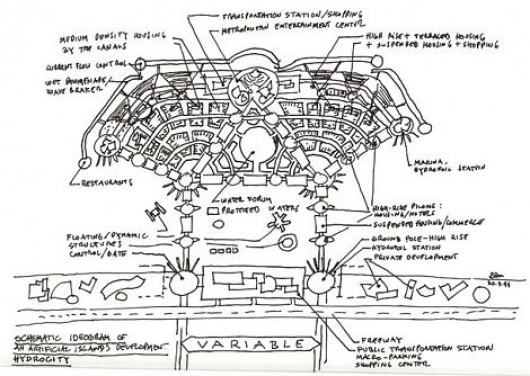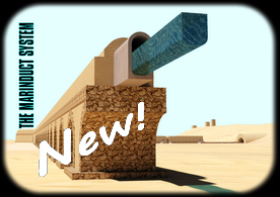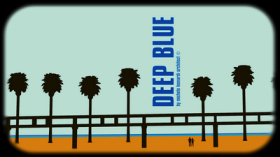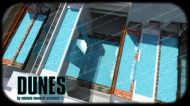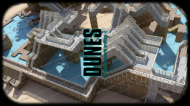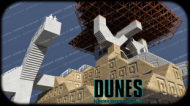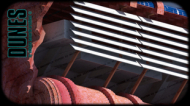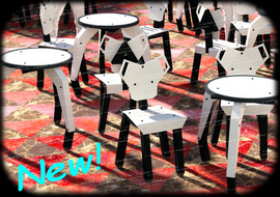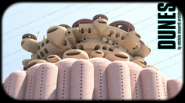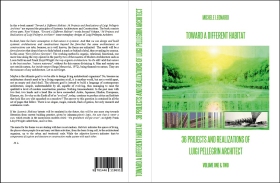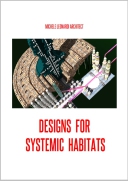The
Mediterranean
Express
by Rick Meghiddo architect - A.I.A. ©
websites: meghiddoarchitects.com - architectureawareness.com
year 2014 - all rights reserved © text edited by Rick Meghiddo
The Mediterranean Express – A Vision by Rick Meghiddo.
ISRAEL IN 2044
In 2044 I will be one hundred years old, either within wrinkled flesh or, more likely, in memoriam. You will be thirty years older. Neither you nor I have today a remote idea of what Israel will be like then, yet we do know something: that what we do or do not do today may affect the outcome.
Certain things do not change much. The geography seen by the writers of the bible and by the conquering armies that walked through the land of milk and honey remains pretty much the same, give or take a few layers of soil. Human nature has not changed much. We still think, dream and act in a similar fashion than that of our predecessors one hundred generations ago. Only the built environment and the available data has changed.
( Tel Aviv in 2016 - "What I See From Here" by Rick Meghiddo )
( Tel Aviv - "The City that Never Spleeps" by Rick Meghiddo )
( "Jerusalem Journal" by Rick Meghiddo )
FOR THE RECORD:
I do not have a crystal ball to predict the future, but I have been in the business of “inventing the future” during most of my life. Some of my foreseeing was right, some was wrong, and some was built. Fast-backwards before running fast-forward.
In 1969 I was on my last year of Rome’s school of architecture. It was time to start working on my thesis and I needed a tutor. I chose Professor Bruno Zevi, a leading historian, critic of architecture and editor of L’Architettura. He accepted my request, but suggested to also have a practicing architect as a co-tutor. After two months of research on “who is who” in the city, I approached Luigi Pellegrin, a true visionary. I told him that the subject I had chosen was “The University of Eilat.” He asked me to write an essay on “California Today and Israel in the Year 2000.” The world population was then three billion. I predicted six for the turn of the century. I was on target.
In 1974 my wife and I won the first prize for high density in a conceptual competition for 5,000 dwelling units, which author-architect Aba Elhanani defined as “daring but feasible.” In 1986 we entered a competition labeled “Spaces for People in the Year 2010,” in which we chose to deal with what we then considered the top issues: urban densification, dealing with the oceans and conquering outer space. In 1992 -1994 I coordinated research on artificial islands at the Technion. In 2006 we developed a project for “urban corridors” that deals with bringing high density combined with quality of life and sustainability in existing American urban environments. So far for envisioning the future in the past.
So, what about thirty years from now? I cannot predict the future, but I can dream about it based on “educated intuition,” and I can write “a laundry list” of wishes. Here are some:
- Turn “land use” into “space use”.
- Maximize efficiency in water use, farming, energy and economics .
- “Cantonize” lifestyles.
- Make Aliyah a top priority.
- Work on peace-building while maintaining war deterrence.
- Stimulate continuous development of technologies and the arts.
- Position Israel as the crossroad between Europe, Asia and Africa.
TURN "LAND USE" INTO "SPACE USE"
According to the World Bank Group, the population of Israel in 2050 will be 12.3 million. Sergio Della Pergola, one of Israel’s most respected demographers, predicts that the Palestinians (in the West Bank, Jordan, Lebanon, Gaza and Israel) will reach 10 million by midcentury. My gut feeling is that by mid-century Israel population is likely to be around 15 million. The point is that about 25 million people will have to share water, air and access to the outer world. Under those circumstances, and considering a world population of 10 billion, the geopolitical reality will be radically different than it is today.
A project by Moshe Safdie architect.
The real issue is not “how many people are on each side of the borderline,” but how much newly built places will be needed to accommodate at a qualitative and sustainable standard of living. One thing is sure: the size of the land will not change. To visualize it, take this tangible example. Project TA/3700 is about to be built within the next decade on the last piece of land available in northern Tel Aviv. This is an area of approximately 740 acres (3,000 dunam.) Most of its buildings will be 8 to 12 stories high. The new neighborhood will house 100,000 people. Now think this: to accommodate an Israeli and Palestinian growth of 12 million, another 120 new neighborhoods of this size will be needed. I can predict with absolute certainty that architects will be in demand!
Tel Aviv – Plan 3700 – Courtesy of the City of Tel Aviv.
How will the land be used? My recommendation is:
- Change the concept of “land use” to “space use.” In other words, move intensely to the multi-use of land and structures.
- Build artificial islands along Israel’s coast that can accommodate three million people, plus major infrastructure such as airports, industries and resorts.
- Turn Beer Sheva into a metropolis of at least one million.
- Develop northern Israel as a world model of ecology-conscious development.
- Create several “free-zoning” development areas across the country to explore urban form alternatives.
MAXIMIZE EFFICIENCY
IN WATER USE, FARMING, ENERGY AND ECONOMICS
The water supply problem is a major one, but it is solvable through a combination of two major components:
1. seawater desalination (Israel already has four plants, a fifth is under construction, and probably additional five will be needed) and
2. a more effective use of natural water resources from the north and from aquifers, through the use of wastewater reclaim and efficient farming, including the production of food on rooftops and verticaly.
Vertical Farms – Courtesy of Dean Petrich architect.
Energy is unlikely to be a problem by mid-century. Besides its newly discovered sources of natural gas in the Mediterranean Sea, Israel will continue to be one of the leading countries in energy use resourcefulness. Less predictable is Israel’s economics. Being a center of high-tech development, its future looks positive; however, world markets and military confrontations could upset the use of its financial resources. The likelihood is that Israel will mantain a more balanced position between the United States and Europe on one side, and the Asian markets on the other.
"CANTONIZE" LIFESTYLES
Bridging the religious-secular divide is likely to be the country’s main challenge. 71% of Israeli society believes that the most acute conflict within Israel is that between the secular and ultra-Orthodox populations, as opposed to 41% who see the left-right tension as most acute, 33% who see the rich-poor conflict as the most serious, and 16% who regard the Ashkenazi-Sephardi conflict as the most dire. The establishment of a Constitution and the democratization of military and national service will be helpful in clearing up the waters, yet something else could help: the “cantonization” of Israel. Similarly to Switzerland’s cantons, the country could be subdivided into regions of autonomy and self-governance on lifestyle-related (secular-religious) issues.
MAKE ALYIAH
A TOP PRIORITY
The world’s Jewish population is today about 14 million people (around 0.2% of the world population.) Approximatly 6 million live in Israel, 6 million live in the United States, 1 million live in the European Union and the rest are dispersed between Latin America, Australia and 50 other countries. If only 20% of the Diaspora, about 1.6 million, would emigrate to Israel within a decade, not only Israel demographics would change, but Jews around the world would be impacted by the transformation. What stops this from happening? 1. Political myopia: it has ceased to be an Israeli government top priority issue, and 2. fear of war and terrorism.
The first obstacle could be easily removed by a leadership that remains committed to the main raison d’etre that brought Israel into existence: political autonomy of the Jewish people in its own land. The second has to do with perception. Although far from being “a perfect country,” no other place can offer today the degree of identity freedom that Israel offers to Jews. For young people, Israel is today one of the most vibrant countries in absolute terms. The danger of becoming a victim of war or terrorism are exaggerated by a media that over-emphasizes negative events that generate income-producing news. This is in total contrast with the long list of positive news generated by Israeli science, technology, arts, architecture, agriculture and social-diversity interaction.
Aliyah – Courtesy of Nefesh B’Nefesh.
WORK IN
PEACE-BUILDING
WHILE MAINTAINING WAR DETERRENCE
The Arab world has been at war with Israel for 100 years, whether it had been officially declared or not. The overwhelming majority of Arabs have been consistent in their dream of making Israel disappear from the map, while the majority of Israelis and Jews have been consistent in desiring peace as a top-priority goal. Anti-Semitism, again on the raise, has not been helpful to modify this equation. So far, only military deterrence has kept governments’ - sponsored hatred at bay. What can be done to change this reality?
Israel 2020 – Courtesy of the Technion.
Israel cannot lower its military guard. However, education is critical, both in Israel and in the Arab countries, to eradicate xenophobia, fanaticism and racism. Knowledge of history is basic. Flow of information is basic. But also important are interactive commerce, tourism, joint professional and educational workshops, trade and cultural fairs and exhibitions, and exchange of students. The most dangerous time bomb is not Iran’s nuclear development (I strongly believe that Iran and Israel will once again establish a strong relationship, as in the days before the beginning of the Khomeini Era.) The real time bomb is poverty, youth unemployment and illiteracy. If remedies would start to be developed within the next thirty years, the second half of the 21st Century could become a time of Middle East Renaissance.
A political solution between Israelis and Palestinians will be possible only through a regional agreement that includes Jordan, Lebanon, Egypt, Syria and the Palestinians. Independently of where a final borderline may be drawn and how the land is labeled, there will be no peace until ties between Israel and, its surrounding countries accept exchange of embassies, open access to all, uncensored flow of information and the creation of transnational infrastructure.
STIMULATE
CONTINUOUS
DEVELOPMENT OF TECHNOLOGIES AND THE ARTS
The world’s future depends on the strong development of both technology and the arts. Israel’s venture capital industry and the many startups developed by young entrepreneurs are creating wanders in the world of computers, telecommunication, life sciences and agro-technology. Israeli artists, architects, dancers, actors and musicians have made an impact far beyond their number. Israel’s cinema is on a rapidly ascending curve, having gained four Oscar nominations in the last seven years. These trends will continue well into the midcentury.
Design Museum, Cholon – Courtesy of Ron Arad.
POSITION ISRAEL AS
THE CROSSROAD BETWEEN
EUROPE, ASIA AND AFRICA
Israel has been a crossroads since the beginning of history. This will not change in the future. To strengthen this position, beyond a regional political settlement, some creative transnational development could help, such as
- The solidification of the Parliamentary Assembly of the Mediterranean. Established in 2005, PAM has 26 members, including Israel. Notwithstanding Israel’s bad experience with the United Nations, being active within a Mediterranean-centered organization will strengthen its links with a natural communality of cultures.
- Becoming part of a regional network of freeways reaching Europe, Iran, Russia and Africa.
- The development of a high-speed train all around the Mediterranean.
- The development of artificial islands along the coast of Israel, Gaza and Lebanon.
Parliamentary Assembly of the Mediterranean.
Artificial Islands in Israel by Prof. Michael Burt.
The wish list can grow. In spite of the wars and tragedies experienced during the last one hundred years, life in the Eastern Mediterranean has become better beyond recognition. I have good reasons to be optimistic about life in 2044.
Israel and Arab Countries Author: The TollOne.
A 100-YEAR CASE-FIRE
The Arab-Israeli conflict seems to be one without end. All the “big-powers” have tried to resolve it without much success. Why? Because there no real change of mind. The majority of Arabs would like that Israel cease to exist, and most Jews, whether they live in Israel or not, see Israel’s existence as existential. What can be done?
Inventing the future has been part of what I have been doing since I was a student of architecture. I call it “pragmatic idealism.” I shoot for the feasible best and work its development with a pencil and an eraser in-tandem. Discovery is in the unfolding. While navigating towards an objective, ideas develop that would not have been thought without the navigation towards a goal. To do that, one needs time. In this case, given the present level of distrust, mutual grievances and asymmetrical hatred, at least three generations.
THE AGREEMENT
A 100-year ceasefire is a framework. It is critical to establish a number of goals to be worked out within it based on performance. Without it, effective negotiations are impossible. The agreement is to be based on a reward-punishment method to be monitored and policed by a third neutral party (possibly of Supreme Court judges.) For every year of effective ceasefire, the total of 100 years will be reduced by one year. For any year of ceasefire violation, the contract will be extended by one year. In other words, the agreement may be as short as 50 years and as long as 200 years, based on performance.
The territorial resolution must be regional and based on the concept of a condominium: a unit of common interest – water, security, access – and individual sovereignties. The boundaries of such a condominium (maybe to be called “Eastern Mediterranean Union”) shall include present-time Israel, the West Bank, Jordan, Gaza, the Sinai Peninsula and Lebanon. Condominium members should chose to call themselves as they wish.
For the condominium to succeed, it must be based on an agreed-upon “Education Charter” and a “Master Plan of Construction and Economic Development,” to be adjusted periodically, taking into considerations changes in science and technology.
EDUCATION
The Education Charter shall be mandatory to all members, must be separated from political, ideological and religious dogma and should be geared towards scientific, technological and artistic development. Distinctive cultural education, Arab and Jewish, must be inclusive of mutual knowledge and be based on respect and tolerance of the differences.
The Mediterranean
Express
by Rick Meghiddo architect - A.I.A. ©
year 2014 - all rights reserved © text edited by Rick Meghiddo
Artificial Islands.
Artificial Islands in Israel. Scheme by R. Meghiddo architect.
CONSTRUCTION
Construction can be divided into three categories:
- Interdependent, which shall include the use and development of water, energy, mobility and industrial production;
- Joint work on common-goal projects;
- International redevelopment, which may include a bullet train around the Mediterranean Sea, freeways linking Africa, the Persian Gulf and Eastern Europe through the region, and he development of artificial islands accommodating millions of residents and inclusive of deep-water ports and international airports.
TWO PRECEDENTS
One hundred year agreements are not common, but two precedents have been successful: the Panama Canal and Hong Kong. In 1904 the United States took over the canal project from France and it was officially opened in 1914. The US continued to control the Panama Canal Zone until the 1977. After a period of joint American–Panamanian control, the canal was taken over by the Panamanian government in 1999.
The transfer of sovereignty over Hong Kong from the United Kingdom to China took place on July of 1997. It marked the expiration of British rule in Hong Kong at the termination of a 99-year lease agreed upon in 1898. The negotiation was long and complicated, but the agreement was executed.
SUMMARY
Any solution to the Israeli-Palestinian conflict needs to address cultural, territorial and economic differences. The road to real peace can go through a 100-year ceasefire marked by benchmarks of achievements that are rewarded or by violations that are punished. Ultimately, human interaction between former enemies shall become the real glue of social, cultural and economic development.
Rick Meghiddo


